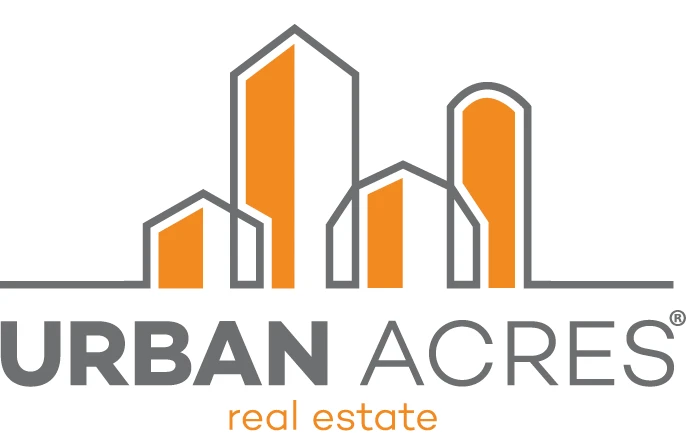Take a gander around Iowa City, and you’ll see houses of every shape, size, and style. From stately Victorians lining Summit Street to new neighborhoods popping up on the edge of the town, you can find houses dating back to as early as the first half of the 19th century all the way to homes being built today. As time has progressed, styles have come and gone out of fashion, leaving us with a wonderfully eclectic mix of old and new.
Over the next few months, we’ll be highlighting various architectural styles that you can find in Iowa City and the surrounding areas. So far we’ve covered the Prairie and Tudor styles. This week we’ll be looking at the distinguished Colonial Revival style.
History
America’s Centennial celebration, held in Pennsylvania in 1876, inspired a nationwide appreciation for our colonial architectural heritage. Architects began borrowing inspiration from these Old World structures, combining stylistic details from early English and Dutch colonial houses to create the eclectic Colonial Revival style. This style was a popular choice for homes and buildings constructed during the late 19th century and the first half of the 20th century.
Many decorative elements used in Colonial Revival homes were inspired by Classical architecture. Throughout the height of the architectural style’s existence, the design and features shifted, but the timeless, Classical look always remained. The popularity of the Colonial Revival aesthetic had a continued influence on architectural designs for years to come, even continuing on as inspiration for elements of some Victorian homes.
Identifying Colonial Revival Buildings
While there are numerous variations of Colonial Revival homes, there are several key elements that can help identify this style. In general—when determining if a home is a Colonial Revival style—you should look for the following features:
- Formal, often symmetrical exterior
- Typically rectangular shaped, with an occasional side wing
- Side-gabled roof
- Front door accentuated with decorative crown and supported by slender columns
- Dormers in the roofline
- Simple windows with shutters
Variations
While all Colonial Revival homes share a few common elements, there are variations which make each home unique.
Porch
Jeffrey Beall, Flickr
One prominent variation between Colonial Revival homes can be found at the home’s entrance. While uncommon, some Colonial Revival homes feature a porch. If they are present, they tend to be small entry porches that cover less than the full facade, however, there are some Colonial Revival homes with porches that span the length of the house.
Roof
Yvonne Thompson, Flickr
The majority of Colonial Revival homes feature a traditional, side-gabled roof. However, there are certain styles that may have a centered gable roof or a gambrel roof. Few Colonial Revival homes feature a centered gable roof. More common are homes with a gambrel roof. This type is commonly known as Dutch Colonial.
Levels
David, Flickr
While typical Colonial Revival homes feature two stories, one- and three-story designs can also be found. One story variations tend to be seen in Cape Cod-style cottages that were built in the 1920s–1940s. Less commonly found are Colonial Revival houses that are three stories high. These styles are typically narrow with low-pitched, hipped roofs, and are often found in urban settings.
Symmetry
Jeffrey Beall, Flickr
When picturing a classic Colonial Revival it’s likely symmetry comes to mind. However, a small number of Colonial Revival homes feature an asymmetrical facade. Homes of this variation tend to be found on anything from free-form styles resembling Queen Anne Victorians to simple box designs.
Local and Regional Examples
Local:
- Yacht Club, Iowa City
- 524 N. Johnson St, Iowa City
- Tri Delta Sorority House
Regional:
- Graceland, Memphis, TN
- Little White House, Warm Springs, GA
Do you know of any Colonial Revival homes in your community? We’d love to see them! Take a picture, and use the hashtag #UAhistorichomes.





